Results
-
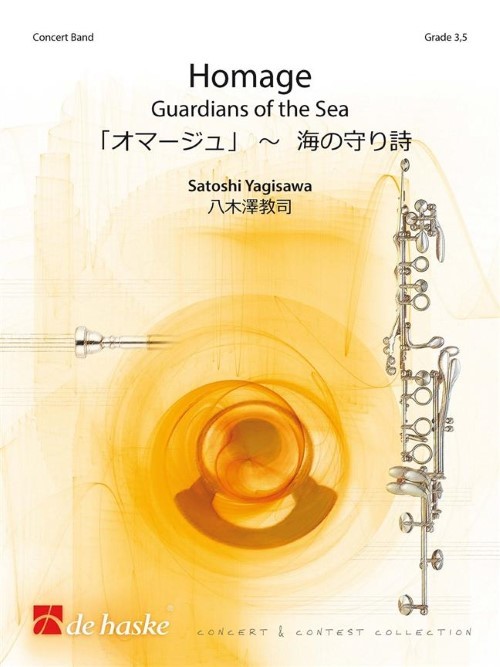 £119.99
£119.99Homage (Guardians of the Sea) (Concert Band - Score and Parts) - Yagisawa, Satoshi
This work was commissioned by the Japanese Maritime Self Defence Force Band, based at Kure City, Hiroshima, Japan, to celebrate their 60th anniversary. The composer used a passage from Kosaku Yamada's Umi No Sakimori (Sakimori of the Sea), ceremonial music of the Maritime Self-Defence Force. The result is Homage, expressing Yagisawa's respect for Yamada and his work, a tribute to a composer whose legacy includes a large number of Japanese songs.Duration: 7.45
Estimated dispatch 7-14 working days
-
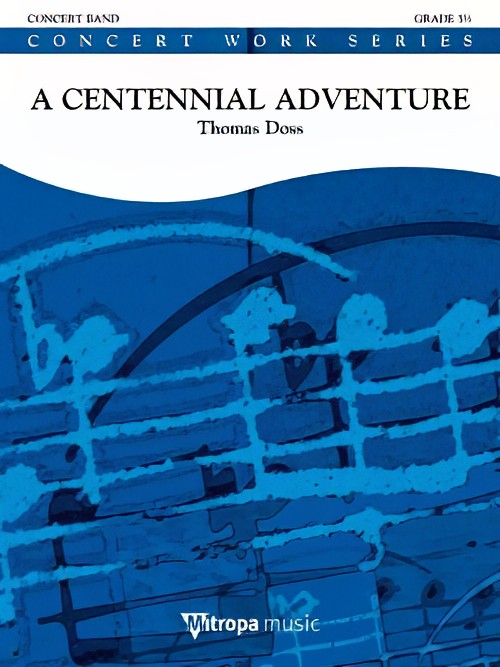 £118.99
£118.99A Centennial Adventure (Concert Band - Score and Parts) - Doss, Thomas
100 Years of the Republic of Austria should be an occasion to reflect on the value of freedom and democracy, precious treasures that don't grow on trees but which have to be fought for again and again. The imperial anthem composed by Franz Josef Haydn, which to this day, survives as the German national anthem, has played a very special role in the story of Austria. It seems that Haydn was inspired by a Croatian folksong. It was sung in Burgenland Croatian areas in various versions under the title Atal se jesem (I am standing). The composer wrote this piece as a tribute to all people standing up for democracy in the name of mankind. A festive and impressive piece for celebrational events alike! Duration: 6.45
Estimated dispatch 7-14 working days
-
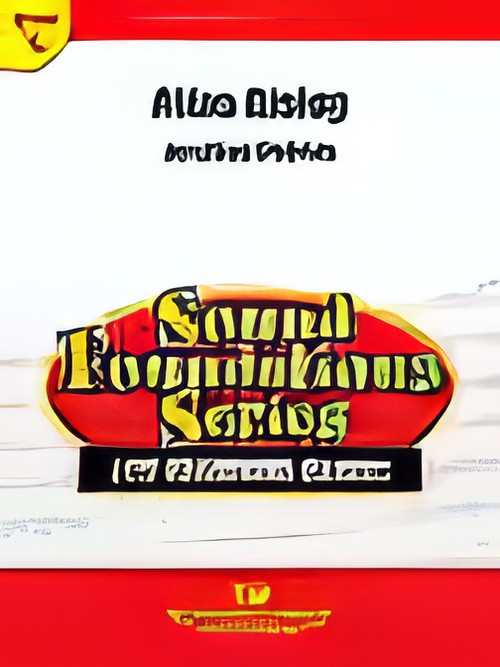 £45.00
£45.00Atlas Rising (Concert Band - Score and Parts) - McBride, Jonathan
Named in tribute to the powerful Atlas rocket that carried the first Americans into orbit during the space race, "Atlas Rising" is a surprisingly mature-sounding work that only uses the first six notes learned in most band methods. "Atlas Rising" is carefully composed in an ABA overture style, with the success of young players in mind, while memorable themes will make it a favorite with students and audiences. Blast off with "Atlas Rising"! Duration: 1.45
Estimated dispatch 7-14 working days
-
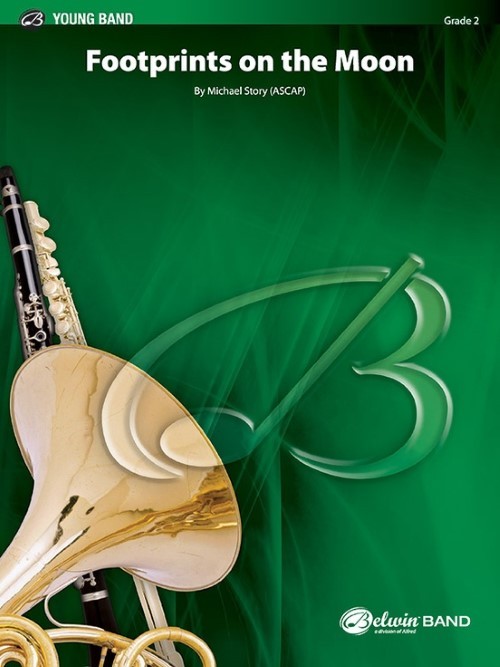 £60.50
£60.50Footprints on the Moon (Concert Band - Score and Parts) - Story, Michael
This emotional original work celebrates the entire United States space program and specifically the July 20th anniversary of the first lunar landing of Apollo 11 in 1969. The piece opens with a majestic and punctuated theme followed immediately by an inquisitive melody. This is interrupted to pay tribute to those lost in Apollo 1 then resumes and develops towards a glorious and soaring conclusion. A compelling choice!Duration: 3.30
Estimated dispatch 7-14 working days
-
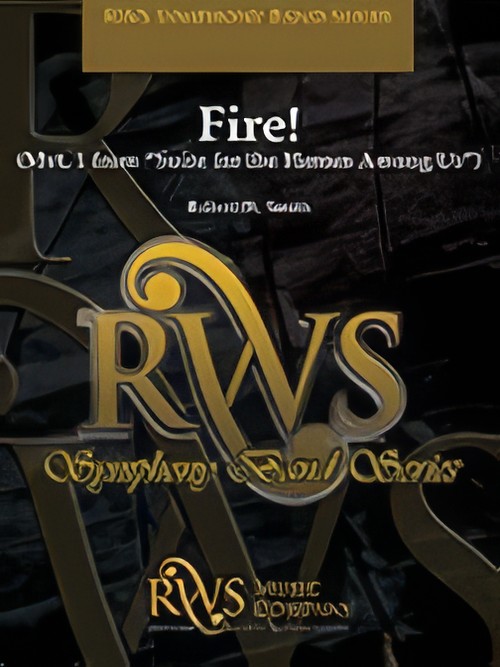 £99.00
£99.00Fire (from Suite for the Heroes Among Us) (Concert Band - Score and Parts) - Smith, Robert W.
Suite for the Heroes Among Us is a musical tribute from Master Composer Robert W. Smith to all of the everyday heroes that dedicate their lives to the care and protection of us all. The first movement "Fire" is dedicated to the Firefighters that choose to run towards danger when help is needed. A powerful musical statement that is programmable and appropriate in every community in the world. Duration: 6.00
Estimated dispatch 7-14 working days
-
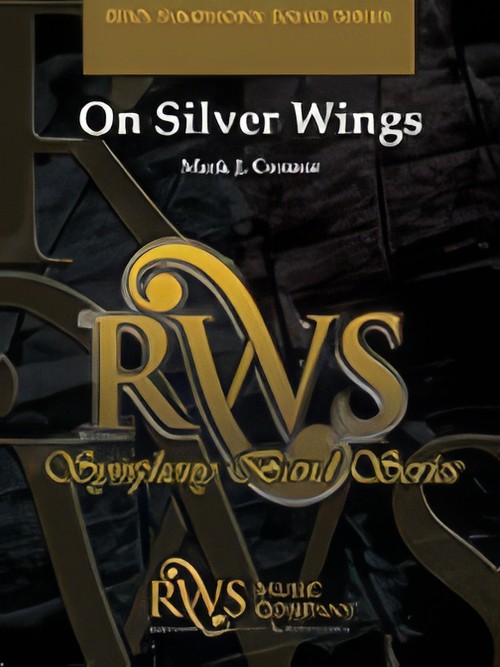 £99.00
£99.00On Silver Wings (Concert Band - Score and Parts) - Connor, Mark J.
On Silver Wings is a moving tribute written in memory of a childhood. Featuring long, lyrical phrases and numerous independent contrapuntal voices, this beautifully reflective work will be an emotionally powerful selection for both festival and concert. Duration: 5.15
Estimated dispatch 7-14 working days
-
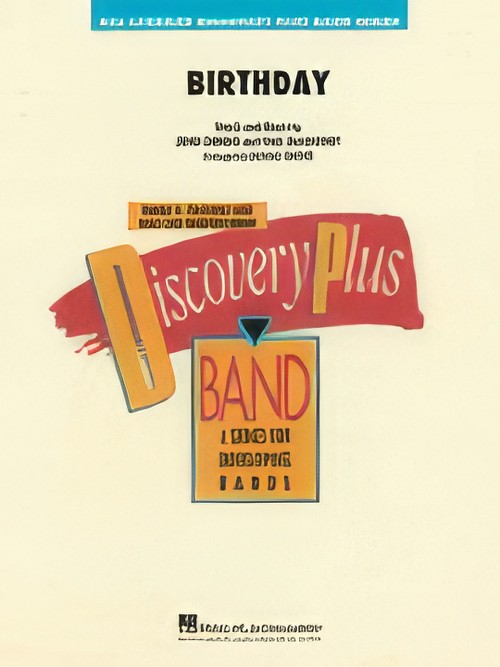 £47.50
£47.50Birthday (Concert Band - Score and Parts) - Lennon & McCartney - Brown, Michael
Recorded by The Beatles on the White Album, this is absolutely the hardest rockin' birthday tribute song ever! With its signature bass line and catchy riffs, don't wait for an actual birthday to give this one a try.
Estimated dispatch 7-14 working days
-
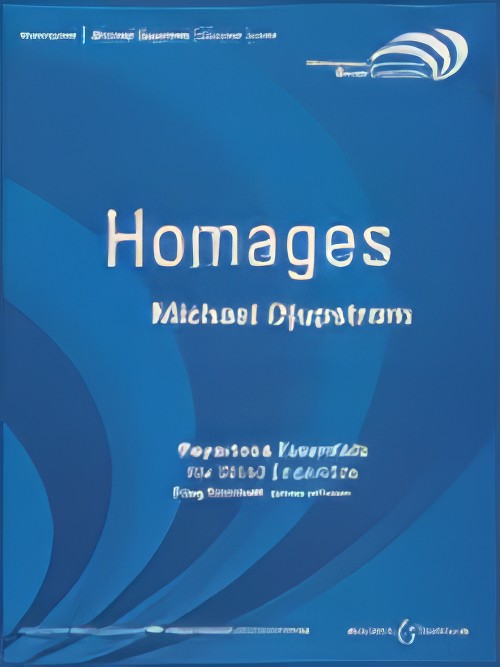 £135.00
£135.00Homages (Concert Band - Score and Parts) - Djupstrom, Michael
The sound world of Homages is anchored in the rich harmonic palette of the 20th century and features a luminous orchestral transparency. Homages is the composer's tribute to his compositional predecessors rather than a reference to a specific composer or style. Performers and listeners alike will be rewarded as they experience this work first hand. Duration: 12:00
Estimated dispatch 7-14 working days
-
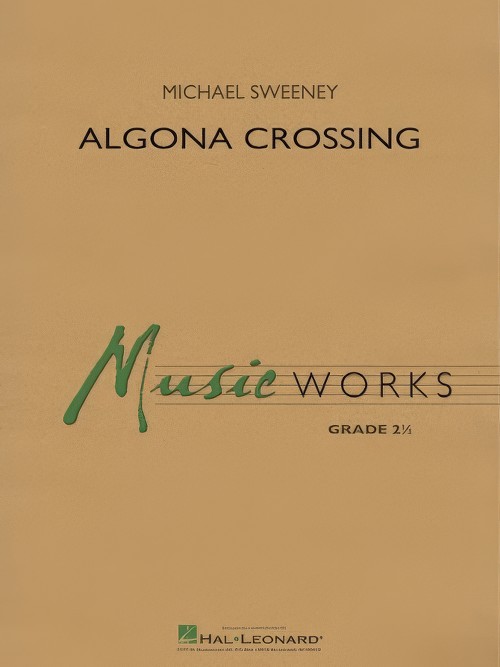 £53.50
£53.50Algona Crossing (Concert Band - Score and Parts) - Sweeney, Michael
Celebrating the spirit of hope and determination of the early pioneers on the Iowa plains, this bold and varied overture also pays tribute to the historical importance of railroading to the city of Algona. Using a wide range of styles and timbres, Algona Crossing allows every section of the band a chance to shine.The piano part is optional and cued in mallets and woodwinds.Duration: 5:10
Estimated dispatch 7-14 working days
-
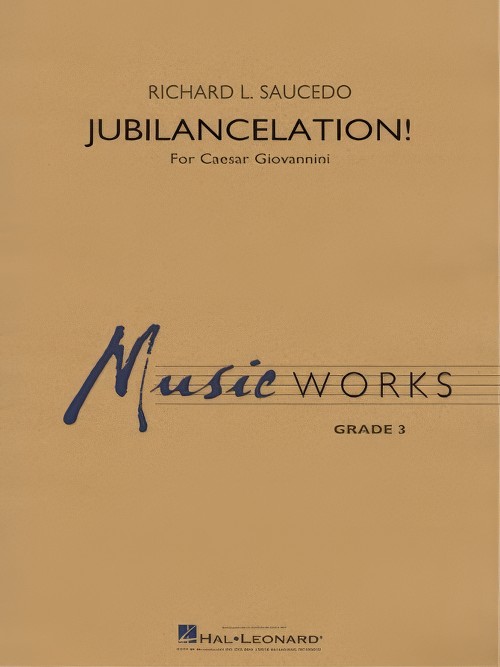 £64.99
£64.99Jubilancelation! (Concert Band - Score and Parts) - Saucedo, Richard L.
This exciting overture from Richard Saucedo pays tribute to the distinctive and appealing musical style of classic band composer Caesar Giovannini. Featuring rhythmically dynamic opening and closing segments, the beautiful middle lyric section includes a short solo for flute.Duration: 3:30
Estimated dispatch 7-14 working days
